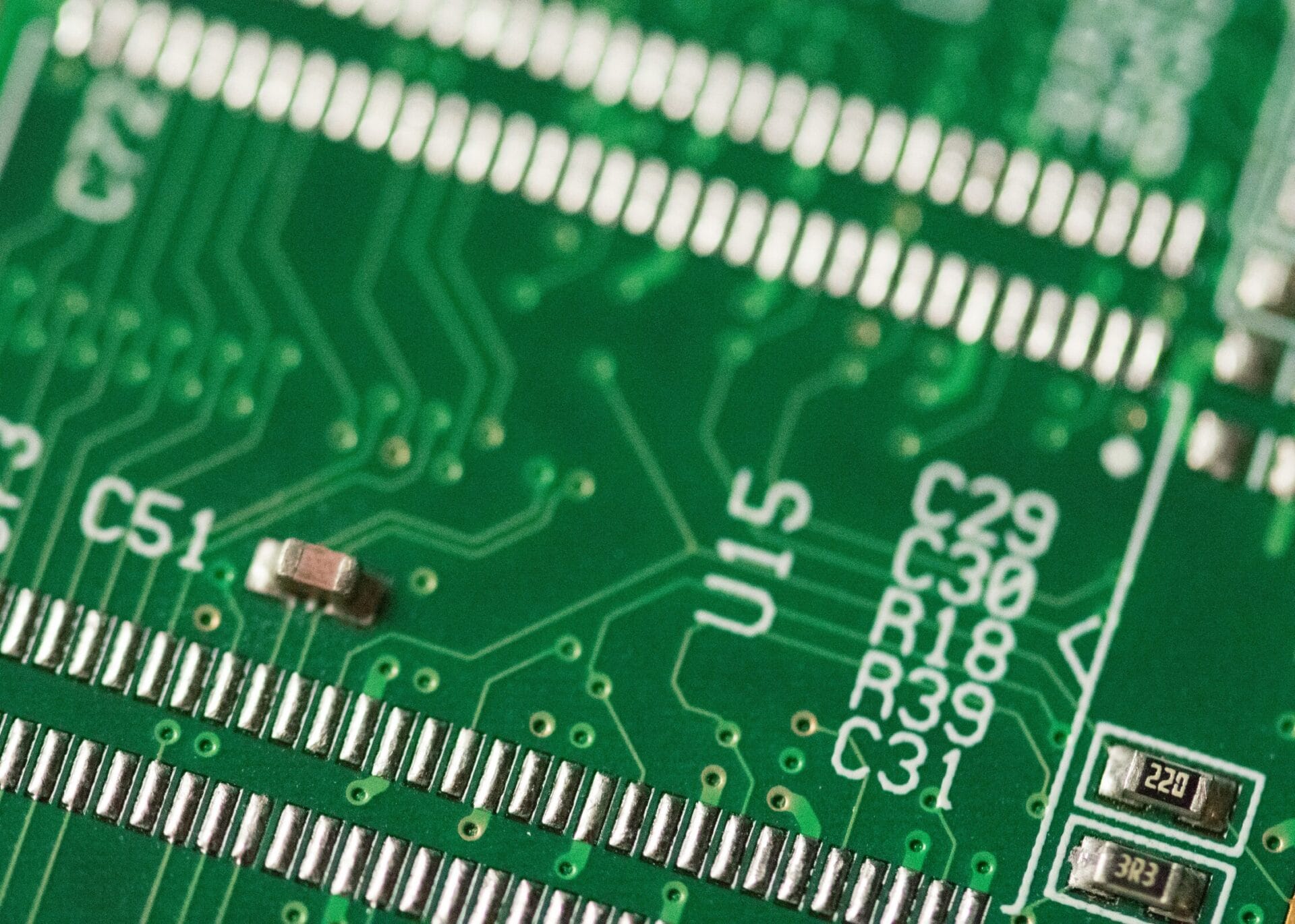A breakthrough in memory technology has been discovered, featuring a new type of memory cell capable of storing data and executing rapid calculations. This exciting development, reported in Nature Photonics, holds the promise of advancing AI performance while significantly reducing energy consumption in data centers.
How It Works
The innovative memory cell utilizes magnetic fields to guide light signals through a circular resonator. This component enhances specific wavelengths of light, directing them either clockwise or counterclockwise to designated output ports. The intensity of the light at each port represents values such as zero and one, or even zero and negative one.
Advantages Over Traditional Memory
Unlike conventional memory cells that only store basic binary values, this cutting-edge design is able to capture multiple non-integer values, achieving storage of up to 3.5 bits per cell. Imagine two athletes running on a track in opposite directions; their speeds can vary based on external conditions, and this difference is used to represent positive or negative numbers.
These encoded values are crucial for artificial neural networks, as they help modify the strength of connections between nodes. This capability is especially beneficial for image recognition tasks, where neural networks analyze visual data in ways that mimic human brain functions.
Efficiency and Durability
One of the major advantages of this new technology is its remarkable efficiency. Conventional computers separate storage from calculations, processing data in the CPU and then writing results to memory. In contrast, this new memory cell can perform high-speed calculations directly within the memory, greatly enhancing AI applications that require rapid data handling.
The research team subjected their design to extensive testing, demonstrating its ability to endure over two billion write-and-erase cycles without degrading performance. This resilience is a thousand times superior to earlier photonic memory technologies. For comparison, standard flash drives typically endure between 10,000 and 100,000 cycles.
Looking to the future, the team aims to integrate additional cells into computer chips and investigate even more intricate computations. This technology has the potential to lower the energy demands of AI systems, marking a significant move towards more efficient computing solutions.


Leave a Reply